12 Best books I read recently
These each have the power to expand your mind & change how you view the world
I can’t believe its March!
I have had this post stuck in my drafts since the start of the year so I thought I’d get it off my chest, especially since I have started to see a few of these amazing authors joining Substack in recent months! Ill add their handles below and suggest you follow them.
These are just a selection of some of the books I read towards the end of last year. I didn’t include the sorts of books I read for my day job related to machine learning and such, only books that I think anyone would read and of those, only the most memorable. Some of the books on this list are powerful enough to change how you view the world and some I just liked.
This article may be too long for email - if so, best view it in the app/web
My top books (semi-ordered) are below
01 The Matter With Things - Iain McGilchrist (Substack
)02 Entangled Life - Merlin Sheldrake (Please join substack Merlin)
03 The Shallows - Nicholas Carr (Substack
)04 The Experience of Meaning - Jan Zwicky (Please join substack)
05 The Silk Roads - Peter Frankopan (Substack
)06 When We Cease to Understand the World - Benjamín Labatut
07 The Notebook: A History of Thinking on Paper - Roland Allen
08 Man’s Search for Meaning - Viktor Frankl
09 Several Short Sentences About Writing - Verlyn Klinkenborg
10 How to Take Smart Notes - Sönke Ahrens
11 Being You: A New Science of Consciousness - Anil Seth
12 Build - Tony Fadell
1 The Matter With Things (Iain McGilchrist)
This book (two volumes) is an absolute masterwork by the outstanding scholar, Iain McGilchrist. It is the single most impactful book I have read in as long as I can remember.
TMWT requires some commitment at two volumes and over 1500 pages including notes - (the rest of the books on this list are much easier going!). As another author in my list points out in The Shallows, we seem to be losing our ability to hold our attention over long-form writing and we seem to be reading fewer books each year, so perhaps this is a book many folks will not find the time for. Yet it was my constant companion for about three weeks and I could not put it down.
This is a book that tackles myriad perspectives of truth and ‘ways of knowing’. the book burrows deeply into both the science and philosophy of mind and how we engage with the world, how we create and how we reason. Towards the end of the book McGilchrist does not shy away from also discussing the spiritual ways of knowing, which he realizes may grate on some modern readers. While his primary field as a scientist is psychiatry and neuroscience, I found even his perspective on modern physics and field theory, which was the focus of my PhD, insightful and illuminating. The links to the Bergsonian perspective on time were also thought-provoking. In a chapter specifically on time McGilchrist puts it that,
Time, once it is measured - clock time - becomes spatialised as a succession of points; time as experienced is no such thing (though we think of it as such). In representing it we destroy its essence: and the consequences are, literally, world-shattering, as we shall see.
At the heart of the book is firstly an acknowledgement of the asymmetry in the brain and the very different ways the left and right hemispheres see the world. McGilchrist argues strongly that we (and our institutions) have over-indexed on the left hemisphere’s take on the world, while in fact, the left hemisphere should be emissary to the right brain the master (to use the terminology of his earlier book).
The left hemisphere fragments, atomizes, analyses, while the right presences, synthesizes, and apprehends the world holistically. The result of right hemisphere damage is, among other things, a sort of schizophrenic experience of the world, where it becomes difficult to appreciate wholes and flows. McGilchrist likens many of these symptoms to some of our present day cultural maladies. His book is very much a plea for the world to shift this imbalance.
This is a book that is impossible to review and I will not attempt a synopsis here. Any attempt would oversimplify and betray the many dimensions of the book. McGilchrist will bombard you with research from his own and adjacent fields in psychiatry and neuroscience as evidence to the importance of the right hemisphere’s take on the world, while taking you by the hand to consider the thoughts of some of history’s greatest philosophers and writers and physicists. He will show you inside the inner workings of your own mind.
Whether you agree with his thesis or not, this is an important book. As a reference book alone its invaluable. Find time to read this book if you care at all about truth and meaning, about how the mind works, about the quest for AGI, about philosophy, physics, time, creativity…
Incidentally there were a number of interesting books TMWT references that I read since but are not on my list such as the excellent ‘Metaphors to Live By’ by Lakoff and Johnson.
2 Entangled Life - Merlin Sheldrake
While TMWT requires more of a time investment, Entangled Life is a quick and engrossing read and the illustrated edition is an incredibly beautiful coffee table book that anyone should love to flick through.
If you asked me what this book is about, my first answer would be that it is about magic! I would then go on to say its about the otherworldly ways of mycelial networks; its about lichens, which may be one of the most resilient living things on earth that can return from exposure to the hazards of Mars and come back to life back on earth; its about height-fearing ants whose brains are taken over so that they spookily crawl up a branch above their hive, lock mandibles into a death grip and release fungal spores down onto the unsuspecting hive; its about psychedelics; its about adventures with home-made brews.
What makes this book so incredible is the combination of Merlin Sheldrake’s poetic writing mixed with his palpable enthusiasm and excitement for fungi of all kinds and a plethora of little observations that will often surprise you. Reading this will change how you see the world, how you think of the individual vs the connected whole and how you think about cognition.1
Incidentally - there is an incredibly good animation called Scavengers Reign which I highly recommend. Its absurdly good. As I was reading Entangled Life it seemed to me that the writers of Scavengers Reign surely must have been inspired by Sheldrake’s book. There is what I would call a “visual philosophy” that permeates that show that has some of the same appreciation of magic and weirdness that Entangled Life conveys. Both seem to tell us that the universe works in ways that are beyond our comprehension and that our conventional sense of utility (that left hemisphere thing) is somewhat flawed.
When I read this book, it reminded me of a very good friend I had not spoken to in awhile. I messaged her on LinkedIn and asked her if she read it. She said Of Course! and it had inspired her to take a course on mushrooms… She started the course but said it was ‘not for her’. She said there was too much medical stuff about disease and not enough about magic. That made me chuckle and perhaps tells you everything you need to know about this book. Make no mistake, this book is science at its very best, simply written by a wizard who makes you appreciate the magic in the world around us.
Towards the end of the book Sheldrake speaks of a time in his childhood. His father would encourage him to “immerse himself in the world head first”. He speaks of one experiment with his father that involved worms inside a clear plastic bottle;
Over the next days I watched the worms wind their way between the layers. They mixed and stirred. Nothing stayed still. Sand crept into soil and leaves crept into sand. The hard edges of the layers dissolved into each other. The worms might be visible, my father explained, but there are many more creatures that behave like this that you can’t see. Tiny worms. And creatures smaller than tiny worms. And creatures still smaller that don’t look like worms but are able to mix and stir and dissolve one thing into another just like these worms can. Composers make pieces of music. These were decomposers, who unmake pieces of life. Nothing could happen without them.
It was from this useful idea that Merlin Sheldrake’s fascination in fungi grew.
3 The Shallows (2nd Ed) - Nicholas Carr
This is a an excellent book. It is a book that I was excited to read and a book that was even better than I expected. What surprised me were the layers and textures of cultural commentary, science and history. The book is motivated by something Carr observed about himself, something you may relate to, a sense of the decaying ability to focus on long-form writing without the urge to hop or hyperlink to something else.
We are each aware of the effect that mobile devices, social media, and AI are having on our attention. Carr begins with the ways we now consume information and learn via tools and he weaves in aspects of the neuroscience of tool use, while taking us on a historical journey of humanity’s relationship with knowledge tools. He takes us back as far as Socrates arguing that the invention of writing (a very old technology) weakens the necessity and power of memory and allows for a pretense to understanding in place of true understanding.2 The debate rages on through the invention of the printing press and of course up to the current role of AI in work, creation and education.
In the introduction to his second edition (2020) Carr begins with words that ring even truer five years later;
Welcome to The Shallows. When I wrote this book ten years ago, the prevailing view of the Internet was sunny, often ecstatically so. We reveled in the seemingly infinite bounties of the online world. We admired the wizards of Silicon Valley and trusted them to act in our best interest. We took it on faith that computer hardware and software would make our lives better, our minds sharper. In a 2010 Pew Research survey of some 400 prominent thinkers, more than 80 percent agreed that, “by 2020, people’s use of the Internet [will have] enhanced human intelligence; as people are allowed unprecedented access to more information, they become smarter and make better choices.”[
The year 2020 has arrived. We’re not smarter. We’re not making better choices.
Well, the year 2025 has arrived. We’re not smarter. We’re not making better choices.
Nicholas Carr is an extremely engaging writer. I encourage you to pick up where this introduction leaves off and read The Shallows. Check out his Substack too!
His new book Superbloom is on my wishlist.
4 The Experience of Meaning - Jan Zwicky
The Experience of Meaning I read between Christmas and the new year and it inspired my post at the start of the year, Finding Meaning in 2025.
Jan Zwicky is a Canadian philosopher, poet, essayist, and musician and she weaves all of this into her writing. It was in fact McGilchrist who put this book on my radar as he often quotes interesting observations from Zwicky’s book. This is a scholarly and engaging work that is both poetic and profound and certainly in the same spirit as TMWT.
The Experience of Meaning is essentially about Gestalt perception and like McGilchrist, Zwicky asks us to embrace an often neglected way of apprehending the world. And a description of this way of apprehending the world is given in the chapter Show Don’t Tell, which as she puts it, is a maxim of literary craft. This is the positioning of a constellation of little details whose connections are not made explicit. The reader is invited to see it, the thing, the “whole” for themselves.
When we are being shown something, it is as though the mind holds its breath; attention is focused, the experience of time is suspended. We wait for all the pieces ‘to fall into place’; and when they do, insight flashes on the mind’s eye.
The mind holds its breath…insight flashes. This is a nice description of Gestalt experience.
Having read The Experience of Meaning, I will happily read anything that Zwicky writes. Her more recent book, which shares the title of one of my favourite movies, Once Upon a Time in the West, is on my wishlist.
5 The Silk Roads - Peter Frankopan
Sadly I do not find the time to read as much history as I would like. But I am glad I found some time to read Peter Frankopan’s excellent history of the Silk Roads.
He open’s with the idea that growing up as a child he was thought a certain narrative which positioned western Europe as the natural descendants of the great empires of Greece and Rome. Being from Ireland, this narrative was the one I was given too in school.
He reminds us it was two major events, separated by just a few years, that put western Europe on the map so to speak;
In 1488, Bartolomeu Dias, a Portuguese explorer, became the first European to sail around the Cape of Good Hope, proving that a sea route to the Indian Ocean was possible. A decade later Vasco da Gama sailed from Portugal to India, reaching Calicut (modern Kozhikode) establishing a direct maritime link between Europe and Asia.
In 1492 Christopher Columbus, sailing under the Spanish crown, crossed the Atlantic Ocean and reached the Caribbean believing he had found a new route to Asia. Ultimately this allowed the Spanish crown to become unreasonably wealthy.
These were the events that put western Europe “at the center of the world” as not just the Spanish and Portuguese, but British and Dutch naval powers also rose up.
Peter Frankopan re-frames the existing narrative by focusing on the middle eastern regions through which the silk roads connected east to west. Frankopan highlights how control of trade routes determined the rise and fall of civilizations, from the Abbasid Caliphate to the British Empire. The wealth of the Middle East and Central Asia made it a frequent target of invasions (e.g., Alexander the Great, the Crusades, colonial conquests). The Persian, Mongol, and Ottoman Empires played major roles in shaping the global culture and economy by facilitating the movement of gods, goods and people. The Mongol Empire created a vast, unified system of trade that brought together East and West in unprecedented ways. He concludes with the shift back to Asia in global affairs, for example with China’s Belt and Road Initiative as a modern reimagining of the Silk Roads.
This book covers fascinating history but its Frankopan’s perspective shift that made it so engaging for me. This is a mind-expanding and earth-shattering book. Check it out. And don’t forget to subscribe to Peter Frankopan’s Substack!
6 When We Cease to Understand the World- Benjamín Labatut
So this is the only fiction on my list but it happens to read like an unusual mix of fiction and non-fiction. I actually think its best read as nonfiction by closing one eye and pretending. That is where all the magic in this book lies.
It may help if you already know of some of the real-world characters in this book such as Alexander Grothendieck and Erwin Schrödinger so that you can at least separate the fact from fiction. I read a lot of math history during my school days so these guys are, to me, great heroic figures.
There are a couple of things that are magnificent about this book; Labatut writes little details in a way that weaves very satisfying connections between things, almost like the mycelial networks in Merlin Sheldrake’s book. But its the sort of pervading sense, maybe nuanced, maybe not, that there is some great hidden truth, which some of the greatest minds set out to find - but when they found it it drove them crazy in some sense and maybe they decided it was better that the world did not know this truth.
When reading this book we are perhaps fascinated by that boundary between science and fiction. Perhaps we are often looking for hidden magic. But science is magic enough.
This book is a kaleidoscope of little details, some true some not, like the mention of the first person to describe the taste of cyanide;
The effects of cyanide are so swift that there is but one historical account of its flavour, left behind in the early twenty-first century by MP Prasad, an Indian goldsmith, thirty-two years old, who managed to write three lines after swallowing it: 'Doctors, potassium cyanide. I have tasted it. It burns the tongue and tastes acrid,' said the note found next to his body in the hotel room he had rented for the purpose of taking his own life.
This is a short and wonderful book - highly recommended, especially for those that are somewhat familiar with the real-life scientists that permeate the fiction.
Benjamín Labatut’s 2023 novel The Maniac is waiting for me on my book shelf.
7 The Notebook: A History of Thinking on Paper
The Notebook inspired my recent post How notebooks built the world so I will be light on details here. This book grabbed me from the beginning with an anecdote that surprised me…
The person behind the beloved modern Moleskin notebook, Maria Sebregondi was inspired by Bruce Chatwin! In his book The Songlines, he wrote about his love for a particular type of black notebook that he used while traveling. These notebooks were produced by a small family-owned business in Tours, France and were popular among artists like Vincent van Gogh, Pablo Picasso, and Ernest Hemingway. Chatwin lamented that the notebooks had disappeared when the last manufacturer in Tours, went out of business in the 1980s. He bought up as many as he could before they were gone. As I had recently been flicking through an old copy of Chatwin’s In Patagonia, this little anecdote struck a chord with me.
For a more detailed reflection on the ideas in this book see my article mentioned above but the history of the Notebook should appeal to anyone who appreciates a good physical notebook (most people with a beating heart I would imagine) and I particularly like to think about the importance of physical notebooks in this age of AI.
The excerpt I take from this book is actually a quotation in the book from a young Joan Didion;
See enough and write it down, I tell myself, and then some morning when the world seems drained of wonder, some day when I am only going through the motions of doing what I am supposed to do... on that bankrupt morning I will simply open my notebook and there it will all be, a forgotten account with accumulated interest, paid passage back to the world out there...
What a phrase, “bankrupt morning”.
Notebooks have this sort of passive quality, they are like wormholes through which value seeps, with interest.
8 Man’s Search for Meaning - Viktor Frankl
This book needs no introduction but I should put it my list since I read it for the first time last year. This is an excellent little book formed of two parts; a story of survival in German concentration camps and a fully developed theory of how we find meaning.
This book is important now in 2025 as we (many of us) have so much information and also so much convenience, which makes the absence of meaning in life so palpable. An important message is how meaning is often found through struggle. Today as we automate and try to fabricate a shallow type of meaning, we intentionally remove a lot of the tension that brings meaning and growth to our lives.
Man’s Search for Meaning is an excellent book by a great thinker who actually lived his philosophy under the harshest conditions. Essential reading.
Frankl is highly quotable and I cannot choose one passage from the book. But one famous quote;
Ultimately, man should not ask what the meaning of his life is, but rather must recognize that it is he who is asked.
9 Several Short Sentences About Writing
This was a book I was reading when I started thinking a lot about writing in the age of AI, which was actually the inspiration for starting my Drafter publication here on Substack. My first article For the Love of Writing drew from this book.
Several Short Sentences About Writing does not have the philosophical weight of others in my list but it is a lovely little book that is easy to flick through in one sitting or dip in and out of now and then.
It is essential reading for anyone who enjoys writing but I think its also interesting for anyone who appreciates reading good writing and how good writing comes to be.
The following from Klinkenborg is an excerpt I imagine Zwicky or McGilchrist would expound upon;
In school, we’re taught— or we absorb the idea—that writing Flows out of the creative writer like lava down the slope of a volcano. an uninterruptible stream. And yet we study the work itself as if its molten fire had hardened into rock
10 How to Take Smart Notes - Sönke Ahrens
How to Take Smart Notes is a very unassuming title for this book and if I saw it in a bookstore, without context, I might well pass it by. And I would be the worse for it.
How to Take Smart Notes is another book that inspired one of my articles in some sense. I discussed it in Big Writers, Little Data as I was thinking about the build up of many tiny and possibly interconnected pieces of information over time, possibly bits of trivia, that feed into our writing.
The accretion of the pieces of data we collect in our notes and in our scrapbooks is the foundation for great writing. The Zettelkasten method, which we owe to the prolific Niklas Luhmann, is something every serious writer or researcher should be familiar with. Personally I think its the best way to think about note-taking and lifelong learning. Here is one excerpt,
… because it is not just about collecting thoughts, but about making connections and sparking new ideas. Most people try to reduce complexity by separating what they have into smaller stacks, piles or separate folders. They sort their notes by topics and sub-topics, which makes it look less complex, but quickly becomes more complicated. Plus, it reduces the likelihood of building and finding surprising connections between notes themselves, which means a trade-off between its usability and its usefulness.
The networked notes of Zettelkasten are reminiscent of those life-producing mycelial networks. Entangled life indeed.
11 Being You: A New Science of Consciousness - Anil Set
Being You by Anil Seth is a wonderful overview of contemporary consciousness research - bewildering as the problem of understanding and discussing consciousness is.
There are two separate theories that feature heavily in this book, which have interested me for some time. The first is Predictive Coding derived from Active Inference and the other is Integrated Information Theory. Both of these tackle wicked problems that form part of understanding intelligence and consciousness and Seth covers them in an accessible way.
One interesting section of the book considers how we measure consciousness. Seth makes analogy to how we learned to measure heat ultimately by way of thermodynamics. An early candidate measure Seth reviews for example is the zap and zip method developed by Giulio Tononi & Marcello Massimini, where the zip here, familiar to any computer user, refers to compression. This method calculates the so-called Perturbational Complexity Index (PCI).
PCI has been clinically useful in better monitoring of patients in vegetative states. Even if patients seem outwardly unresponsiveness this measure can register meaningful brain activity, in some way approaching ‘normal’ brain activity measurements. In contrast, Seth and colleagues studied people on psychedelics and for the first time measured information theoretic scores higher than normal everyday conscious experience. Normal brain activity exists in a critical regime somewhere in the middle of these extremes. The higher scores are where our sense of self melts away.
There are different schools of thought on consciousness but Anil Seth is a wonderful and easy to follow guide. He provides a good history and overview of some important theory and philosophy in the field, while offering his own biases, perspectives and personal anecdotes.
12 Build - Tony Fadell
While I do enjoy reading business books, I would normally omit them from a list of general recommendations. Often they are books I consume in audio form while making coffee in the morning or while running in the evening. But Build I read in physical form, drinking orange blossom Rooibois tea at the kitchen table over a few evenings.
Build is probably some of the best writing you will find on navigating business culture, whether in startups or in the world’s largest companies, written by someone who has seen it all and done it all, at every scale. If you don’t know, Tony Fadell is a central figure in bringing into the world, the iPod, iPhone, Nest and many more gadgets that changed the way we think about technology. One cannot overstate the impact these have had on us in our work and play, for better or for worse.
Build reads as a brutally honest and a heartfelt sharing of advice for anyone walking the product development path and it is testament to the power of conviction and a vocational focus.
Incidentally, the recommend reading list in the back of Build happened to mention Entangled Life, which I had just read at the time.
Entangled life indeed.
This perspective is shared by the one in our first book, TMWT
This appears in Plato's dialogue Phaedrus.


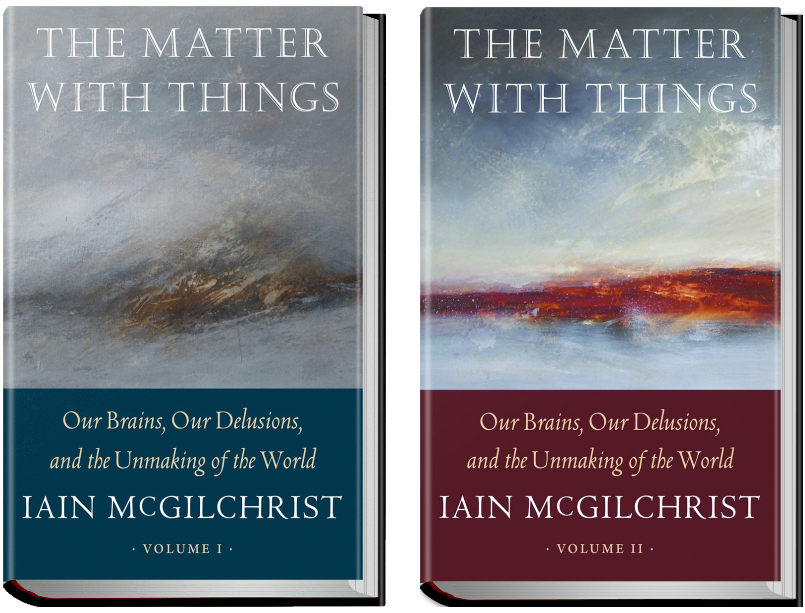
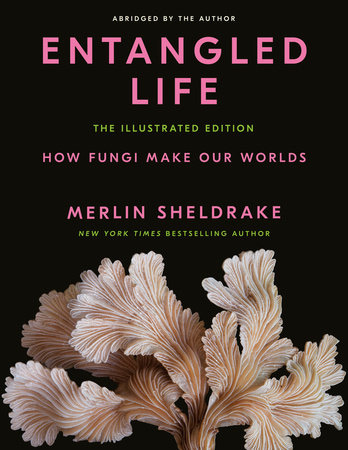
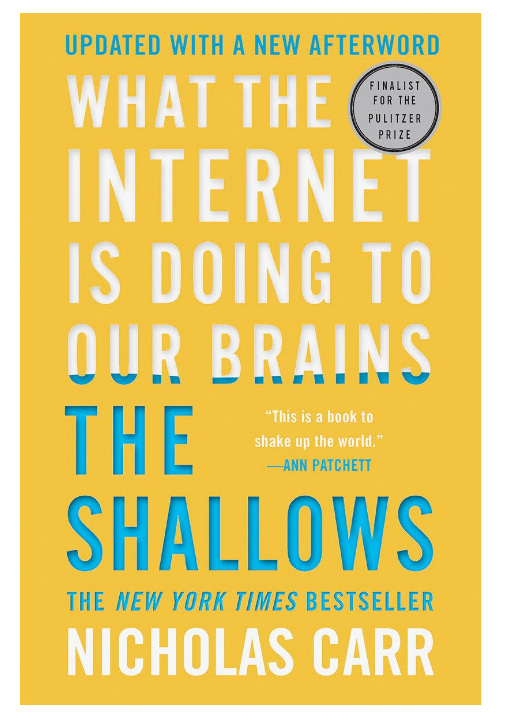
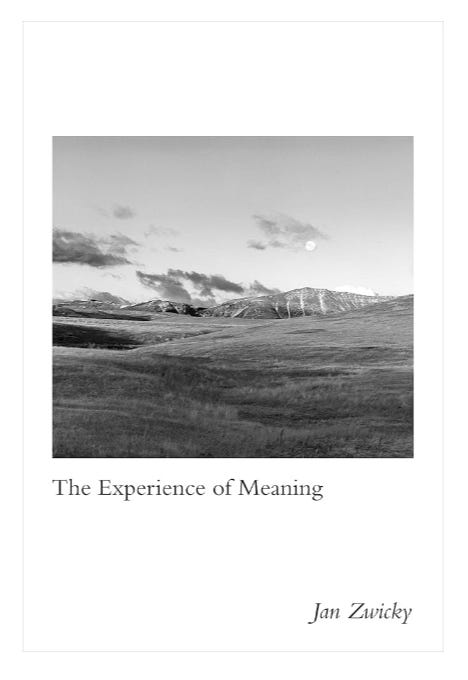
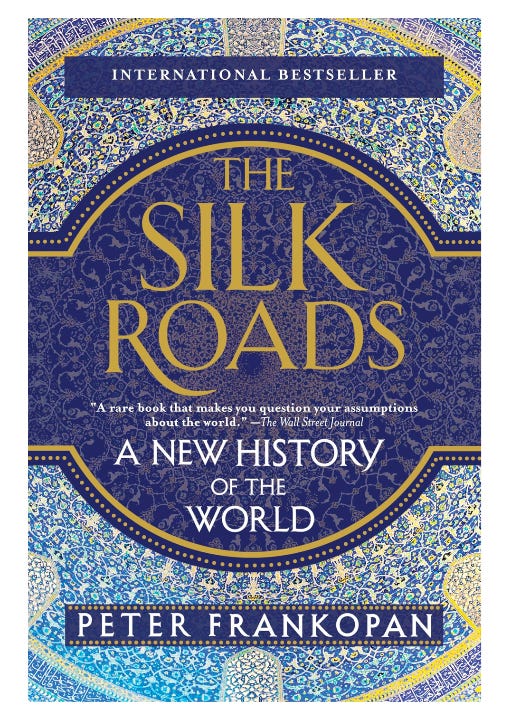
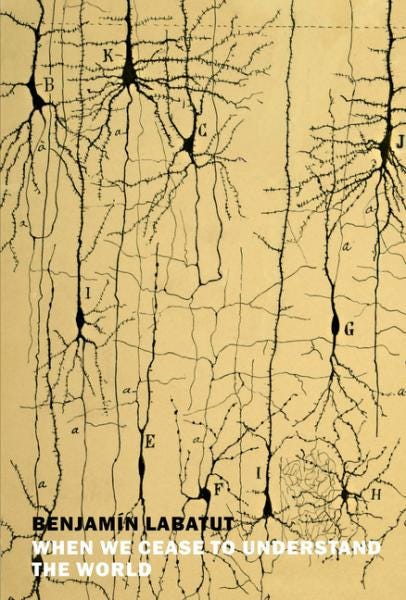
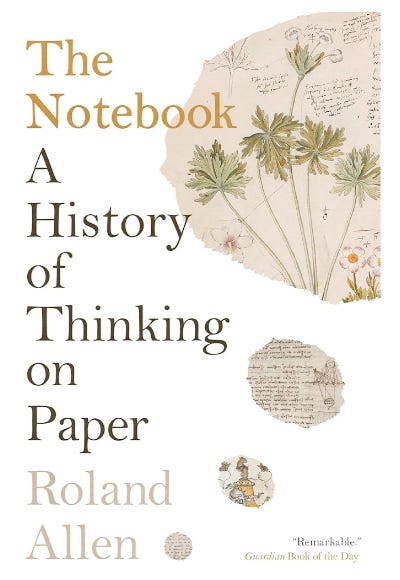
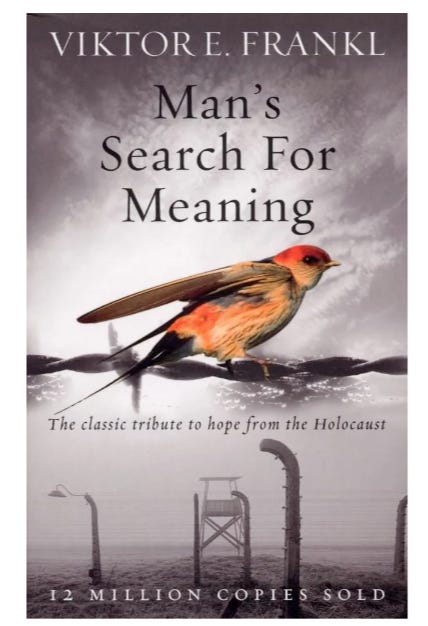
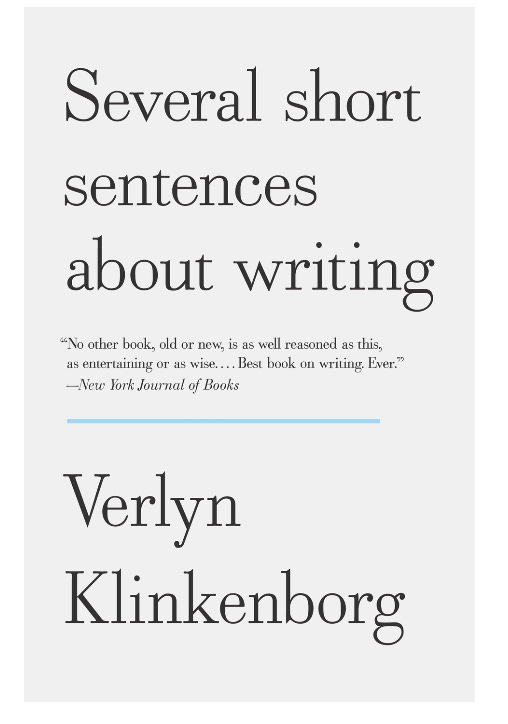
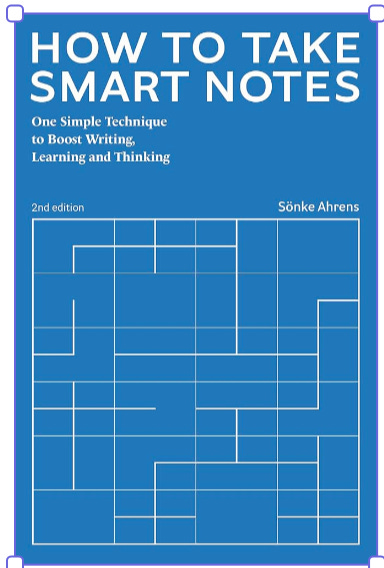
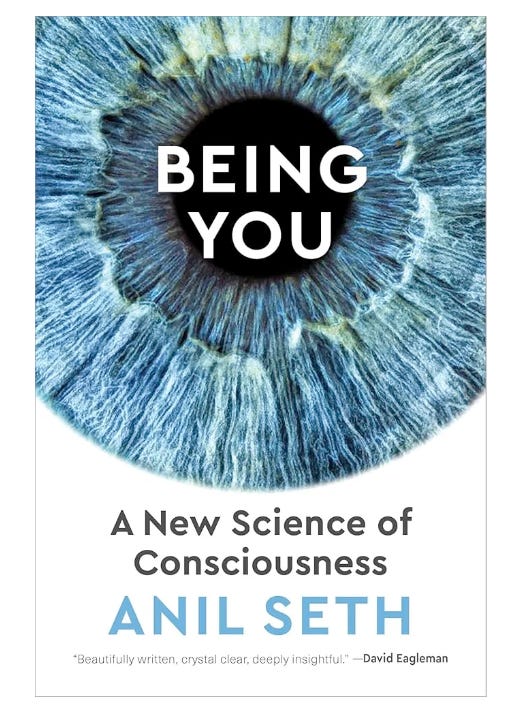
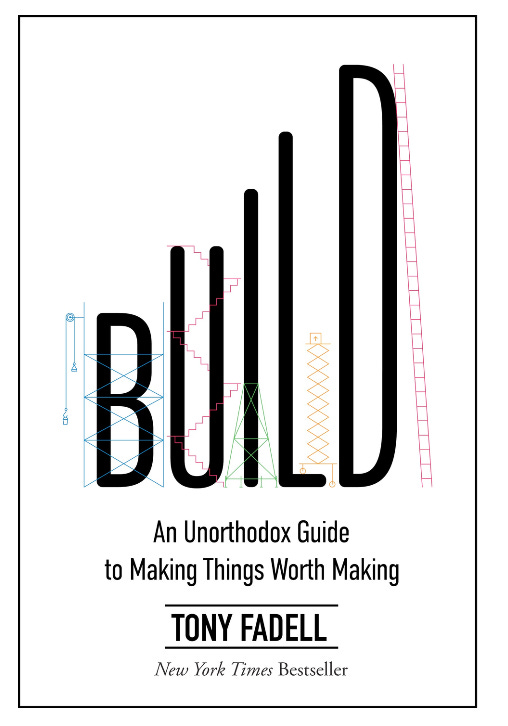
Nicholas Carr tried to warn us, and we didn't listen.
That is a great list. I recently read Entangled Life and I think anyone who enjoys that (most people surely!) would also be captivated by Becoming Earth by Ferris Jabr (https://www.panmacmillan.com/authors/ferris-jabr/becoming-earth/9781529038156) - beautifully written and fascinating content.
Turning to The Silk Roads, Peter Frankopan’s latest, The Earth Transformed (https://www.bloomsbury.com/uk/earth-transformed-9781526622587/), is also excellent (and long - 700 pages).